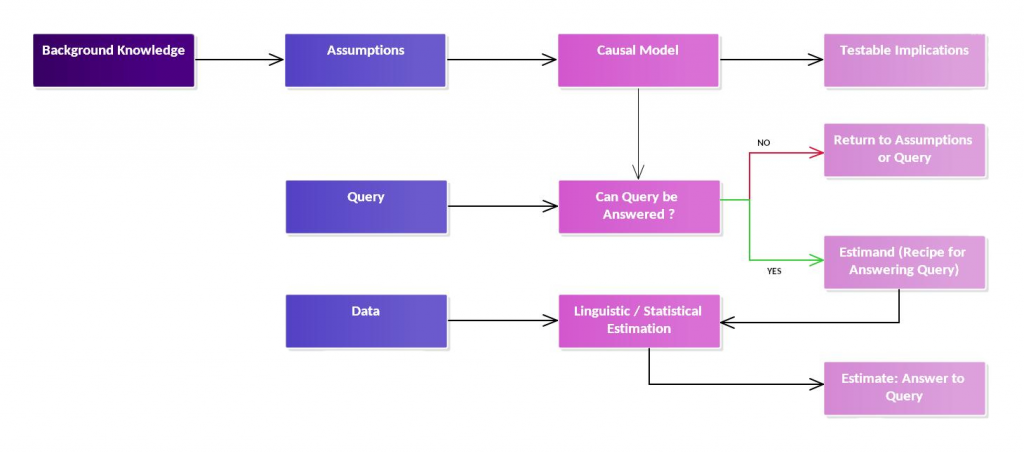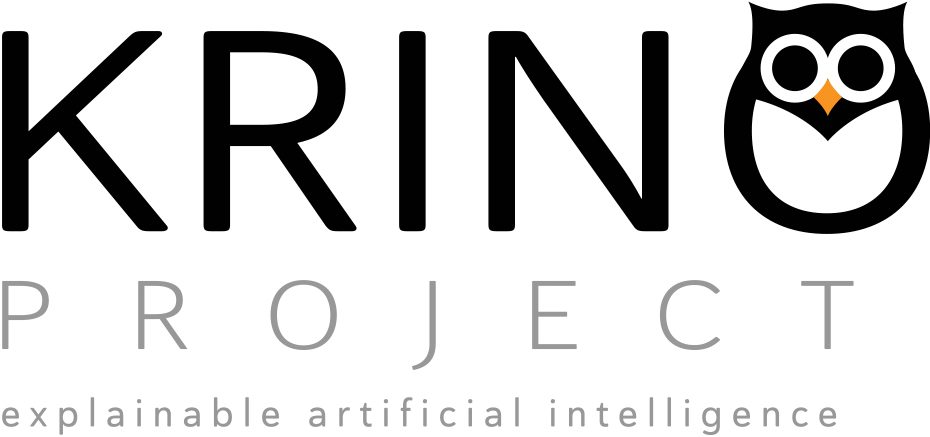“Krino” from ancient Greek: ‘to distinguish, judge, criticize.’

The high-level schema. How Krino thinks.
INSPECTABLE
INSPECTABLE
To create an inspectable, explainable truth engine that communicates in any natural language.
VERIFIABLE
VERIFIABLE
To make the verification of information accessible and affordable to a wide range of users.
ADAPTIVE
ADAPTIVE
To provide the users with the possibility to enhance, upgrade and improve their cognitive environment.
INQUISITIVE
INQUISITIVE
To support argumentation for any use case or context while maintaining unbiasedness and integrity.
CHALLENGE
Krino will combine the following fields of expertise:
Linguistics
in particular the framework of Constructive Adpositional Grammars (CAG)
Argumentation
in particular the argument classification framework of the Periodic Table of Arguments (PTA).
Causality
Causal philosophy of science to categorize types of arguments (Causality).
Mathematics
in particular sheaf theory and topos theory, to support and formalize the use of CAG.
Engineering
high-performance database plus implementations of A.N. Whitehead’s ontology and Judea Pearl’s mathematization of causality in an object-oriented programming language (Java or C++).
Knowledge
for example to the Oxford English Dictionary (OED) and Historical Thesaurus of the OED (HTOED).

